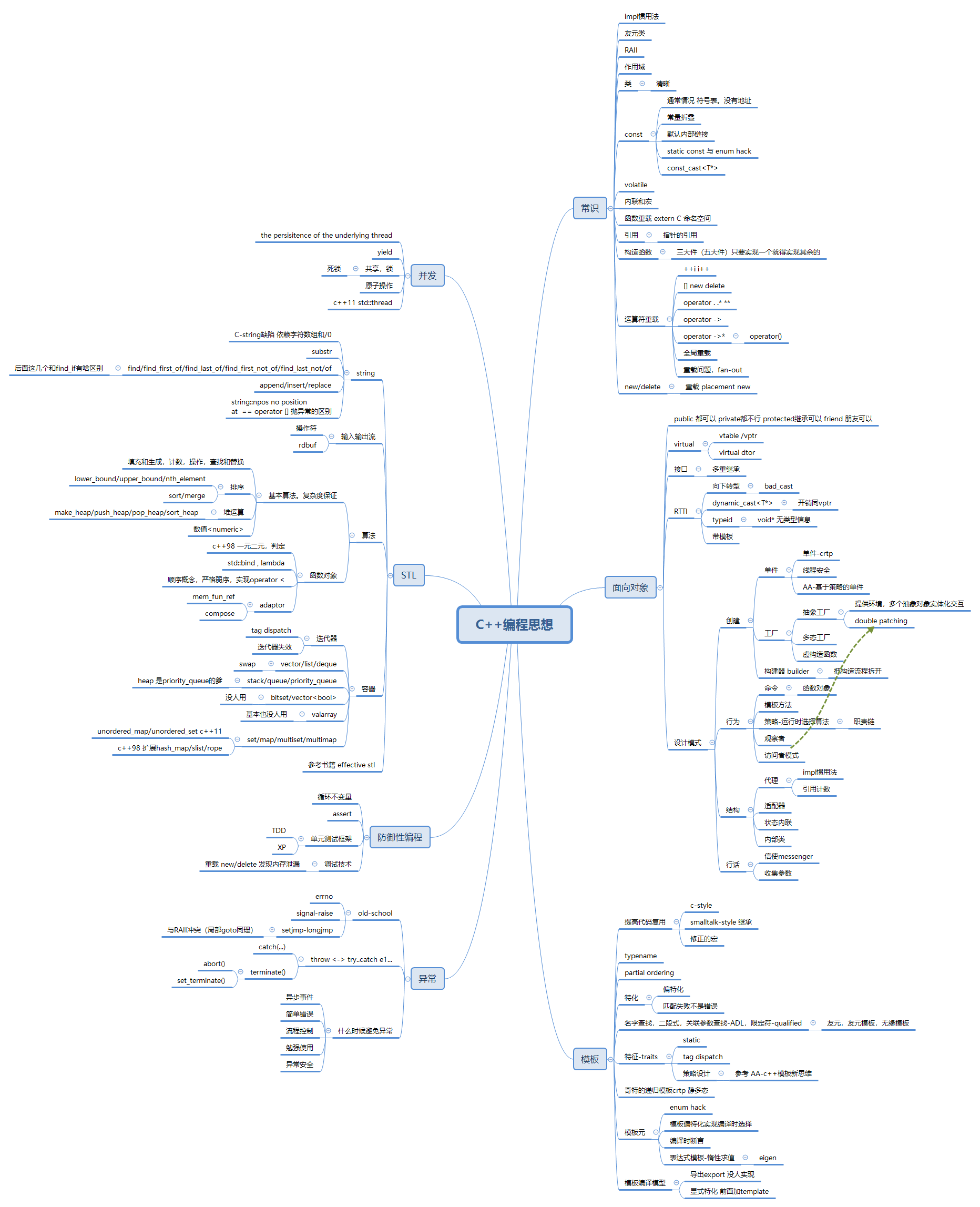(cppcon)c++11 几个生产中常用的小工具
这个讲的是scope_exit, std::range, make_range , operator <=> ,后面这两个已经进入c++标准了,前面这个有很多案例
先说scope_exit
作者写了个宏,显得scope_exit更好用一些,实际上没啥必要
他的实现类似这个
template <typename Callable> class scope_exit {
Callable ExitFunction;
bool Engaged = true; // False once moved-from or release()d.
public:
template <typename Fp>
explicit scope_exit(Fp &&F) : ExitFunction(std::forward<Fp>(F)) {}
scope_exit(scope_exit &&Rhs)
: ExitFunction(std::move(Rhs.ExitFunction)), Engaged(Rhs.Engaged) {
Rhs.release();
}
scope_exit(const scope_exit &) = delete;
scope_exit &operator=(scope_exit &&) = delete;
scope_exit &operator=(const scope_exit &) = delete;
void release() { Engaged = false; }
~scope_exit() {
if (Engaged)
ExitFunction();
}
};
几个疑问
- 为什么直接保存Callable,而不是用 std::function来保存
- 太重,引入类型擦除,效率不行,生成的汇编很差
- 作者还稍稍科普了下类型擦除的技术,怎么做到的
- 为什么不用AA的scopeguard或者boost::scope_exit
- 不好用,还需要传参数,scope_exit好就好在可以传lambda
第二个是make_iterable,对应标准库应该是std::range 本质上还是视图一类的东西。因为自定义类型,不想写一套iterator接口,给个view就行。没啥说的
第三个是operator<=> 实际上是解决comparator这种语义实现的问题
就比如rocksdb,bytewisecomparator
int r = memcmp(data_, b.data_, min_len);
if (r == 0) {
if (size_ < b.size_) r = -1;
else if (size_ > b.size_) r = +1;
}
return r;
内部肯定有三个分支,这是影响效率的,怎么搞?
再比如std::tuple 他是怎么比较的?
然后推导出一个适当的operator<=>来解决上述问题
ref
- https://github.com/CppCon/CppCon2014/blob/master/Presentations/C%2B%2B11%20in%20the%20Wild%20-%20Techniques%20from%20a%20Real%20Codebase/C%2B%2B11%20in%20the%20Wild%20-%20Techniques%20from%20a%20Real%20Codebase%20-%20Arthur%20O’Dwyer%20-%20CppCon%202014.pdf
- 上面那段exit抄自http://llvm.org/docs/doxygen/ScopeExit_8h_source.html 作者的实现是不支持move的,没有release




